How Artificial Turf Can Reduce Your Carbon Footprint
With each passing year, more and more people are becoming environmentally conscious and concerning themselves over the health of the planet. Being eco-friendly and reducing their impact on the environment is a goal many now have. One of the most environmentally impactful decisions homeowners can make is transitioning to an artificial turf lawn. Switching to an artificial grass lawn can significantly reduce your carbon footprint and benefit the environment.
Carbon Footprint
A person’s carbon footprint is the amount of greenhouse gases emitted due to their actions. Driving a gas vehicle or purchasing a product whose manufacturing process heavily emits CO2 are activities that contribute to an individual’s carbon footprint.
Those who want to reduce their carbon footprint will want to avoid actions and behavior that increase greenhouse gas emissions. Managing to do this will benefit the environment and promote greater sustainability.
Artificial Turf: The Eco-Friendly Surface
When it comes to picking between natural grass and artificial turf for your lawn, each surface’s environmental impact could not be more different from one another.
While natural grass lawns can be stunning and well-functioning, the process of obtaining and maintaining one can be strenuous on the environment.
Natural grass lawns require extensive water use, toxic lawn care chemicals, and mowing to keep their lush, green appearance.
The use of lawnmowers is particularly troublesome as they will significantly increase your carbon footprint. Lawnmowers are prolific polluters that surpass even newer vehicles.
In contrast to natural grass, synthetic turf is the perfect eco-friendly surface that will help you reduce your carbon footprint.
Creating a Drought-Friendly Synthetic Grass Lawn
Natural grass lawns can use up to 44,000 gallons of water a year. This type of water usage is less than ideal, especially during times of drought, which is well-known to California homeowners.
Artificial grass doesn’t need regular watering, which drastically reduces water usage and allows for conservation. Since a synthetic turf lawn is a low-maintenance surface, it also won’t require chemicals, mowing, or other maintenance activities that are harmful to the environment.
Reduce your carbon footprint and the impact you have on the environment by transitioning to an artificial turf lawn. Artificial turf provides many environmental benefits, along with saved costs and time thanks to lessened maintenance. Artificial Turf by Fenix can provide all the help you need when it comes to your residential synthetic grass needs. Our professional artificial turf installers are the best at what they do and have completed countless successful installations using the highest quality synthetic turf products around for them. For more information on our services or to receive a free estimate, give us a call today at (877) 673-8873 to speak with one of our knowledgeable team members.







